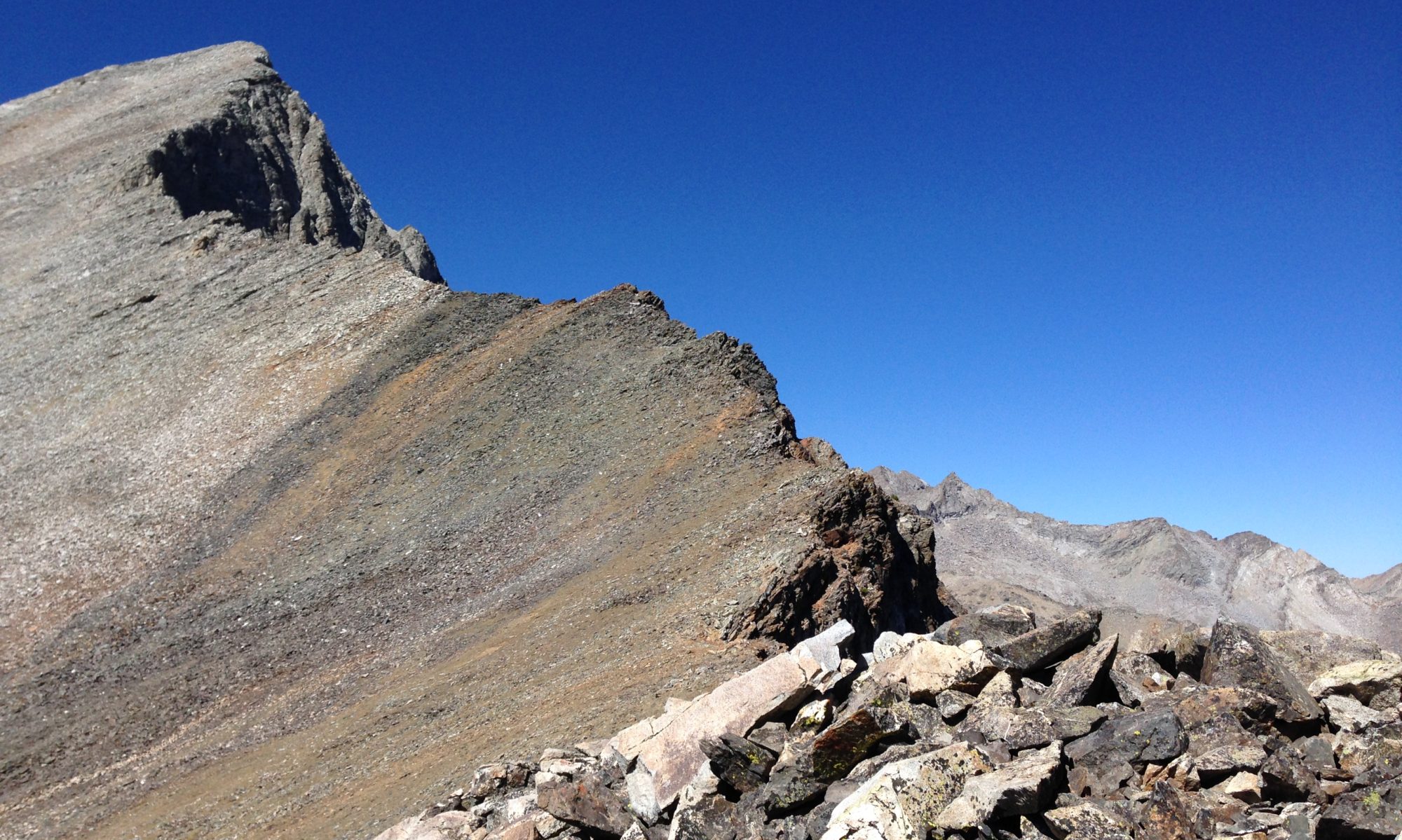Electing Space
Not usually inclined to post politics here, but found this blog entry by Matt Stoller helpful in understanding the deeper shifts and choices that this coming year’s election represents. While doing my best to refrain from taking sides in this space, here is a bit of his post…
…both parties are facing internal wars between those who represent more space and those who represent reaction. ‘Liberal’ and ‘conservative’ are simply labels right now to keep score between two teams on symbol issues like ANWAR, late term abortion, gun rights, the lie du jour, but the real battle going on has little to do with any of the symbols. The real battle has to do with ‘the insiders’ battling to exclude and gradually losing, whether through having Howard Dean call Democrats in Congress cockroaches or Salam Pax, Iraqi citizen, blogging about how stupid the administration is in Iraq. McCain/Bush was the first battle of this war in the GOP; Dean/Clark/Everyone else is this war among the Democrats.I appreciate this ‘space’ language because it syncs up with my own language and experience as a leader of OpenSpaceTech. I find it heartening and helpful to hear the national scene now cast in these terms.
My guess is that this next bit of analysis (interesting for the dynamics it points out, more than for it’s not-exactly-balanced set of specific examples) could be mapped to the dynamics of leadership, compensation, training and other aspects of working in business and community organizations. Interesting to consider how we use in our organizations the equivalent of what he calls “public wealth” in this next piece…The new politics isn’t going to do away with top-down structures of organization, but it will provide a powerful alternative. Top-down structures, and there is no better example than Bush himself, succeed at retaining power by engaging in four basic tactics:
1) Buying off those who have leverage with which to threaten or hurt them. Some Bush examples include the Saudis, Pakistan, China (spy plane apology), energy companies, etc. Some liberal examples include tariffs for unions and the protection of trial lawyers.
2) Buying off themselves and their friends and family (Halliburton, Harken, Enron, Delay PACs – The Kennedy family is the liberal example)
3) Threatening and hurting those who have no effective concentrated leverage with which to protect themselves (veterans, minorities, the poor).
4) Concentrating selective resources into creating factoids for later display in PR campaigns (steel tariffs, tax credits for some children, most likely a semi-bailout of California).
The critical element to remember is that all of these tactics cost, and none of them produce, which essentially means that the store of public wealth – whether that be fiscal surplus, creditworthiness, international sympathy for the US after 9/11, environmental treasurers – is consistently used by reactionaries and never replenished by them. Bush pushes out the costs and pulls in the benefits – tax cuts are not just the reactionary MO, they are the great reactionary metaphor.
This insider-itis produces a vicious and victorious right-wing agenda, and a pathetic pandering from the reactionary Democrats, who scurry to offer their own version of ‘tax cuts’, though this time for the ‘middle class’. Of course, tax cuts are fundamentally a bribe for a populace that doesn’t trust its leadership, and the Democrats win when the people trust government, not when they don’t. A Democrat that offers a ‘middle class tax cut’ while also promising help for the poor is both engaging in cynical pandering to the electorate through selective bribery AND asking for trust from that same populace. But you can’t have it both ways. Bush is a better crony than the Democrats, which is why the Democrats consistently lose influence through fights over symbolic issues, regardless of how much they compromise with Republicans or each other. Democrats think small; the DLC fights over gun control and marginal shifts in tax policy and trade, with the idea that removing the Republicans bludgeoning use of symbols will remove the source of their power. But it won’t, because the source of their power is the very insider mentality that fights over symbols on GOP turf.
The fight, symbolized by the potentially realigning 2004 election, is not over ‘liberal’ or ‘conservative’; those are just petty policy labels. The fight is over space, and whether to create more of it…And while still rolling around with my political choices, I have most certainly declared myself in favor of space and movement as a natural evolution beyond and building upon our (human) history of control and domination. I’ll leave for another posting, the wondering about how we might be electing space or control in our own individual working, spending, investing, etc.



